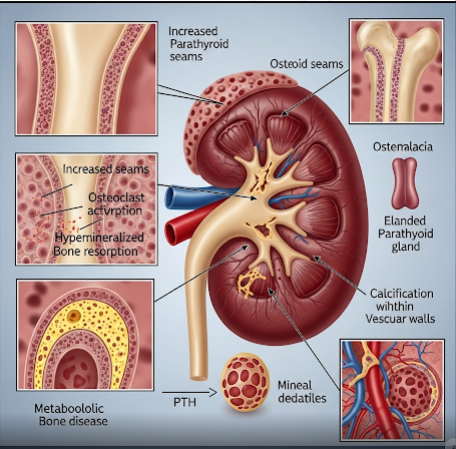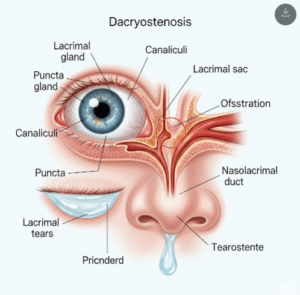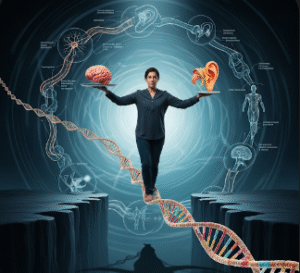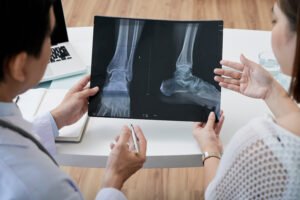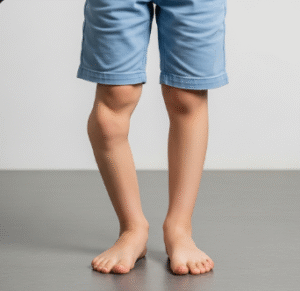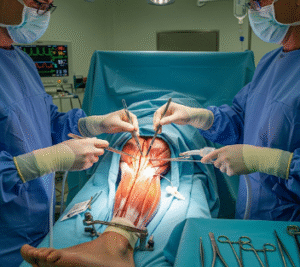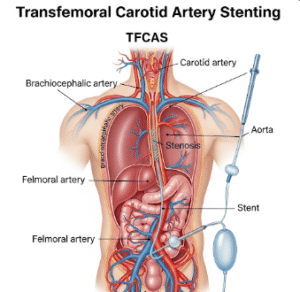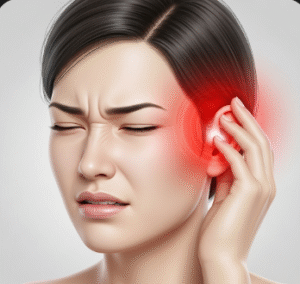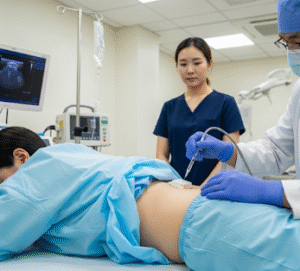Overview
Renal osteodystrophy is a bone disorder that occurs in patients with chronic kidney disease (CKD) due to imbalances in calcium, phosphate, parathyroid hormone, and vitamin D metabolism. It results in weakened, fragile bones and increased risk of fractures. In Korea, the management of renal osteodystrophy involves multidisciplinary care including nephrologists, endocrinologists, and bone specialists, supported by advanced diagnostic and treatment options.
What is Renal Osteodystrophy?
Renal osteodystrophy is a skeletal complication of chronic kidney disease characterized by abnormalities in bone turnover, mineralization, volume, linear growth, or strength. It is part of the broader condition called chronic kidney disease-mineral and bone disorder (CKD-MBD).
Symptoms
- Bone pain and tenderness
- Increased risk of fractures
- Skeletal deformities in severe cases
- Muscle weakness and reduced mobility
- Sometimes asymptomatic, detected through lab tests and imaging
Causes
- Impaired kidney function leading to phosphate retention
- Decreased production of active vitamin D (calcitriol)
- Secondary hyperparathyroidism causing excessive bone resorption
- Metabolic acidosis affecting bone metabolism
Risk Factors
- Chronic kidney disease stages 3 to 5
- Dialysis patients
- Poorly controlled calcium and phosphate levels
- Vitamin D deficiency
Complications
- Increased fracture risk
- Bone deformities and pain
- Vascular calcification and cardiovascular disease linked to mineral imbalance
- Reduced quality of life due to bone and muscle issues
Prevention
- Early diagnosis and management of CKD
- Controlling phosphate, calcium, and parathyroid hormone levels
- Adequate vitamin D supplementation
- Regular monitoring of bone health in CKD patients
Treatment Options in Korea
Diagnosis
- Blood tests measuring calcium, phosphate, parathyroid hormone (PTH), and vitamin D levels
- Bone density scans (DEXA) to assess bone strength
- X-rays and bone biopsies in selected cases
Medical Treatments
- Phosphate binders to reduce phosphate absorption from the gut
- Vitamin D analogs and calcimimetics to regulate PTH levels
- Calcium supplements as needed
- Dialysis adjustments to control mineral balance
Interventional & Surgical Treatments
- Parathyroidectomy in severe secondary hyperparathyroidism refractory to medical therapy
Advanced Therapies
- Use of newer phosphate binders and vitamin D analogs with better safety profiles
- Multidisciplinary approach involving nephrologists, endocrinologists, and dietitians
Rehabilitation and Support
- Physical therapy to improve mobility and strength
- Nutritional counseling to manage mineral intake
- Regular follow-up for bone health and CKD progression
- Patient education on lifestyle modifications and medication adherence
Top Hospitals or Clinics in Korea for Renal Osteodystrophy
- Seoul National University Hospital – Comprehensive CKD and bone disorder management
- Asan Medical Center – Multidisciplinary kidney and bone health care
- Samsung Medical Center – Advanced nephrology and endocrinology services
- Yonsei Severance Hospital – Integrated care for CKD-MBD patients
- Korea University Anam Hospital – Specialized in mineral and bone disorders related to kidney disease

